Following the six-day lockdown, all businesses, with the exception of those listed below, may resume operations as of Aug. 22, according to an announcement of Iran Chamber of Guilds.
The following seven groups of businesses must remain closed until further notice:
1. Restaurants and cafes operating in enclosed spaces (they are allowed to deliver food and beverages for takeaway)
2. Reception halls
3. Cinemas and theaters
4. Indoor shopping centers, except specialized malls such as those selling tires, auto spare parts, ironware and computers
5. Indoor swimming pools, gymnasiums and fitness centers
6. Amusement parks and zoos
7. Public or specialized exhibition.
The National Coronavirus Headquarters announced a nationwide lockdown from August 16 to 21 to stem a tide of new Covid-19 infections caused by the Delta variant, IRNA reported.
Based on the order, all non-essential outlets closed down and interprovincial travel was banned.
“Protocols will be strictly observed and there will be no compromise,” NCH Spokesman Alireza Raeisi said before the lockdown.
Only businesses providing essential goods and services (belonging to Group I occupations, namely bakeries, supermarkets, grocery stores, car shops, chain stores, health and treatment centers, pharmacies, factories, transportation companies, public parking garages, military bases, post offices, internet service providers, press, nursery homes and print shops) were allowed to remain open during the lockdown.
About 1.2 million businesses belong to Group I, 1.8 million are in Group II and nearly 30,000 units are in groups III and IV.
Hefty Losses, Gov’t Relief and Lukewarm Reception
Businesses affiliated to Iran Chamber of Guilds have suffered as much as 3,000 trillion rials ($10.9 billion) in losses since the beginning of the coronavirus pandemic, Mohammad Baqer Mojtabaei, secretary-general of Iran Chamber of Guilds, said before the latest lockdown.
Guilds suffered a daily loss of 50,000 billion rials ($181 million) in lost sales during the previous lockdown, he added.
Earlier in June, Iran Chamber of Guilds unveiled the list of businesses that have been severely hurt by the Covid-19 pandemic and therefore will be eligible to receive the government’s relief package in the current fiscal year (March 2021-22).
According to a directive issued by the National Coronavirus Headquarters on the extension of relief package for hardest-hit businesses in the current year, the chamber has identified the following guilds and businesses:
Facilities that regularly or occasionally provide accommodation for tourists, such as hotels, hotel apartments, guesthouses, eco-lodges, travel agencies, transportation companies, restaurants, teahouses, confectioneries, fresh juice and ice-cream parlors, barbershops, beauty salons, clothing stores, toy shops, stationery stores, shoe shops, haberdasheries, tailor shops, cosmetic stores, handicraft and carpet shops, and photography studios.
Among other businesses eligible to receive the government’s financial support are shops selling flowers, gifts and ornamental fishes, institutions, except for schools and universities, kindergartens, culture, art and non-digital media centers, museums, cinemas and theaters, zoos, amusement parks, gymnasiums, sport centers, water parks, pools and car dealerships, IRNA reported.
“Seventy-five percent of businesses that applied for the government’s relief package for enterprises hurt by the Covid-19 have received their loans,” Hossein Mahmoudi, an official with the Ministry of Cooperatives, Labor and Social Welfare, said in June.
A total of 94,360 billion rials ($343 million) worth of loans have been paid to the applicants. Registration for coronavirus loan started at Kara.mcls.gov.ir on May 9, 2020.
The total value of loans requested stands at 137,040 billion rials ($498 million), of which 94,360 billion rials have been paid,” he was quoted as saying by IRNA.
Noting that the taskforce to combat the economic consequences of coronavirus had estimated to receive loan applications worth 200,000 billion rials ($727 million), Mahmoudi said, “In general, 18.8% of manufacturing enterprises have applied for these bank facilities.”
As per the government’s coronavirus relief package, workshops that have been hurt directly and closed down by Covid-19 will receive 160 million rials ($581) for each worker and those that did not shut down are eligible to receive 120 million rials ($436) for each of their workers. With the repayment period of 24 months, the lending rate of these loans is 12%.
“Only 7% of businesses hurt by Covid-19 applied for the government loans during the first quarter of last fiscal year [March 21-June 21],” secretary-general of Iran Chamber of Guilds was quoted as saying by ISNA.
Noting that the volume of loans was negligible in relation to losses suffered by guilds, Mojtabaei said, “The 12% lending rate was another reason behind lukewarm reception toward the government’s relief loan program. Given that the benchmark interest rate in Iran is at 18%, business owners believe that the government’s 6% interest rate subsidy is not worth the difficult application process and length of time it would take to receive the credit.”
Lax Compliance
The latest lockdown introduced in the two provinces of Tehran and Alborz drew a chorus of criticism from the public and media outlets, as most businesses remained open and millions traveled, which worsened the situation.
Each person infected with the highly contagious Delta variant can, without mitigation, pass on the virus to eight people. With the original Covid-19 strain, the number stood at three.
The mutation has overwhelmed Iran’s healthcare system and triggered a shortage of medicine, as 40,000 people are diagnosed with it and over 500 lose their lives to it daily.
President Ebrahim Raeisi has urged all officials and the general public to be united against the spread of the contagion and said he will give local officials more leeway to implement safety measures.
Pointing to a faster vaccine rollout, the president said his administration has finalized the purchase of 30 million jabs.
“Experts believe that to contain the spread of the virus, 60 million doses are needed,” he added.
Over 524,000 doses of Covid vaccines were administered throughout the country on a single day, taking the total number of shots to 18.5 million.
So far, some 3.8 million Iranians have received both doses and 14.7 million got a first shot.
Over 25.5m Doses of Covid Vaccines Imported So Far
A shipment containing 25,000 doses of Russian Covid-19 vaccine, Sputnik V, donated by Serbia arrived at Tehran’s Imam Khomeini International Airport in the early hours of August 21, Mehrdad Jamal Orounaqi, technical deputy of the Islamic Republic of Iran Customs Administration, was quoted as saying by Young Journalists Club.
A total of 25.57 million doses of Covid-19 vaccines have been imported since Feb. 3, 2021.
The vaccines have been shipped from China, Japan, Russia, Italy, South Korea and India, Mehr News Agency reported.
“About 75-80% of Iran’s Covid-19 vaccine imports have come from China,” Majid Reza Hariri, the chairman of Iran-China Chamber of Commerce, told ILNA.
The Health Ministry said before the latest lockdown that 80% of Iran’s cities were on red alert and increased the number of high-risk cities by 27 to a whopping 359.
The figures, updated on local Covid mobile application Mask, showed that 59 cities have been color-coded as mid-risk orange and 30 as yellow. No city across Iran fits into the low-risk blue category.
The Health Ministry on the same day logged 466 fatalities and 29,700 newly detected cases, pushing the national toll to 97,200 and infections to 4.389 million.
Health authorities have warned that further negligence could raise coronavirus deaths to 600-800 per day.
The fifth wave of the disease is not expected to subside in the next few weeks, as infections and mortalities continue to climb.




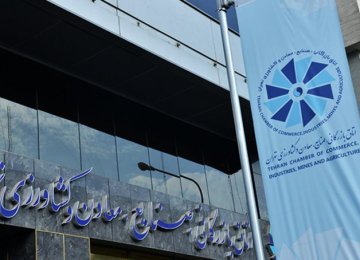
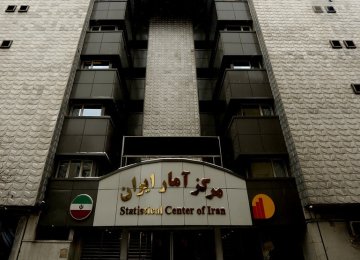
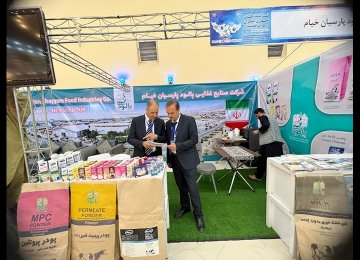


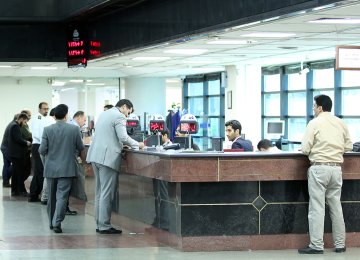
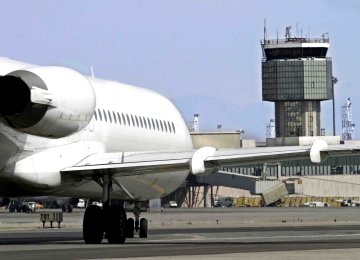


Add new comment
Read our comment policy before posting your viewpoints